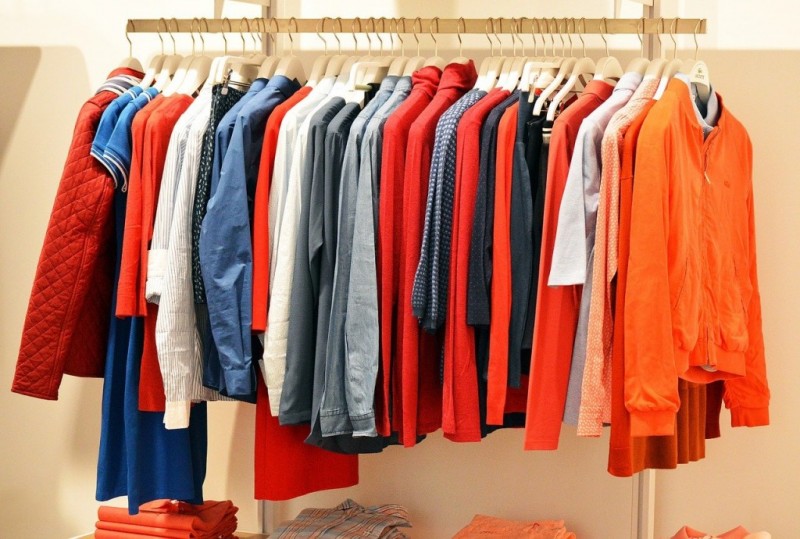While Morocco imposed tariffs on Turkish imports in response to a “commercial invasion,” Turkish textile and raw materials exports increased by 30.4% between January and August 2022 to reach 44,000 tonnes.
Citing recent data from the Istanbul Textile and Raw Materials Exporters’ Association (ITHIB), Textilegence indicated that Morocco had the highest increase in the quantity of imported textiles and raw materials among Turkey’s top export destinations; Italy, Germany, the US, Spain, and France.
As the Moroccan imports of Turkish products surged despite imposed protectives measures, the Turkish textile and raw materials sector marked 7.5% year-on-year growth, amounting to $8.8 billion by the end of August with the EU countries and Africa serving as the main export destinations.
In November 2021, the Productive Sectors Committee of Morocco’s House of Representatives called out for restricting the flow of Turkish products to Morocco amid what they described as a “commercial invasion.”
The members of the public committee expressed particular concern for the sustainability of local shops in light of the Turkish discount store Bim which has rapidly expanded in Morocco over the past years.
However, this was not the first time Moroccan officials have questioned the impact of the free flow of competitive Turkish products to the domestic market. Many have argued that the Morocco-Turkey Free Trade Agreement (FTA) signed in 2004 has brought more economic benefits to Istanbul.
In October 2020, for instance, Morocco’s Council of Ministers sought to impose customs duties, for a five-year period, on certain Turkish industrial products.
However, Turkish textile products -alongside Chinese brands- have flooded the Moroccan fashion sector with clothing companies such as LC Waikiki and Koton gaining popularity among Moroccan customers.
ALSO READ: Morocco Ends Subsidy on the cultivation of Avocado, watermelon and citrus fruit
While the clothes designed by the two fast-fashion companies appeal to, particularly youth’s interest in trendy yet affordable fashion, the Moroccan textile industry is gradually losing ground to multinational giants, particularly in the urban hubs.
The lack of funding as well as limited growth prospects for small and medium-sized Moroccan businesses in the sector represent additional challenges to the development of the local textile industry, argues Morocco’s central bank governor Abedlatif Jouahiri.
Aware of these challenges the Moroccan governor announced in February that Bank Al-Maghrib (BAM) set in motion a series of measures to help businesses access bank loans and manage loan portfolios, adding that Morocco’s textile industry “is a priority within our investment strategy.”
As the Moroccan central bank has intervened to revive and modernize domestic textile production, the Moroccan Association of Textile and Clothing Industries (AMITH)said in March that the value of Moroccan textile exports is set to double by 2030, mounting to MAD 60 billion ($5.45 billion).
The association added that local textile producers seek to increase exports to North American and Northern European markets by 20%. While Morocco envisions increasing its exports to address its serious trade deficit, the country must cut its reliance on imports partially for goods that could be produced domestically.
SOURCE: Morocco news

